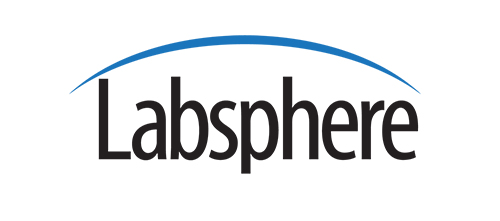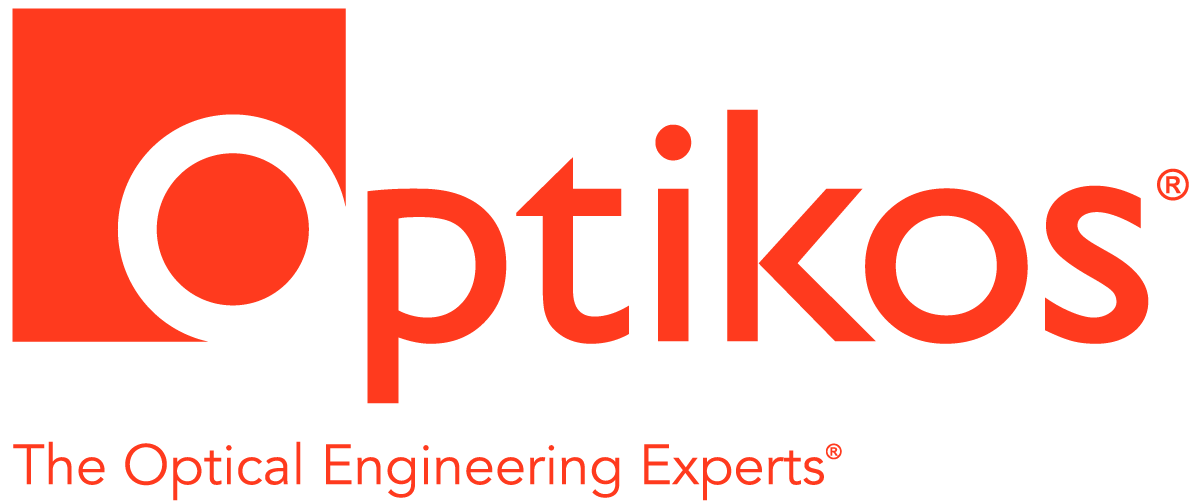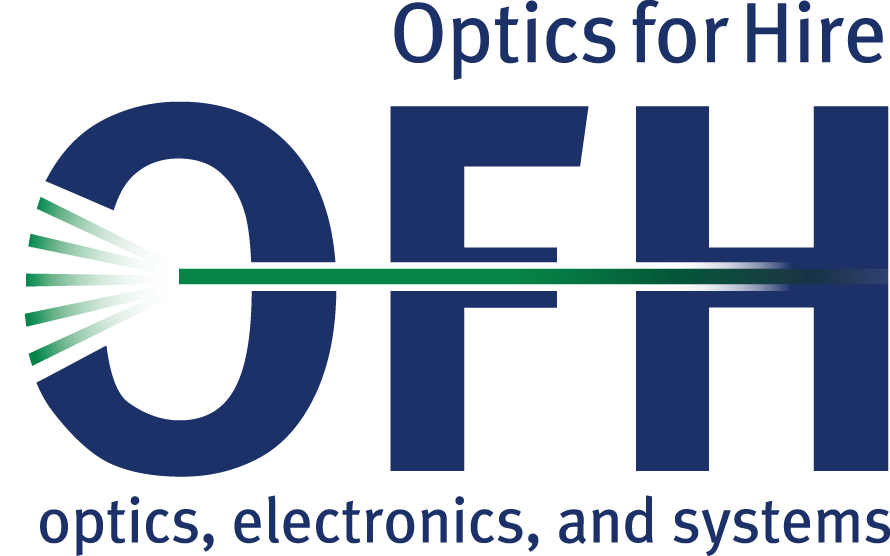Sept 18, 2014 - Stephen R. Wilk
How the Ray Gun Got Its Zap! Odd Excursions in Optics
Joint Meeting with the New England Section of SID
The Ray Gun is a familiar pop culture icon, ubiquitous in science fiction and fantasies from Buck Rogers and Flash Gordon through Star Trek and Star Wars to the latest movies. But it is not an obvious or inevitable outgrowth of speculative fiction – there are no ray guns in the works of Jules Verne, or in Edgar Rice Burroughs’s stories of Mars (at least, until they started to appear elsewhere in fiction). Where did it come from, and how did it assume the central position it occupies in futuristic and alien armories?
MEETING SPONSORED BY





